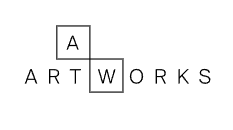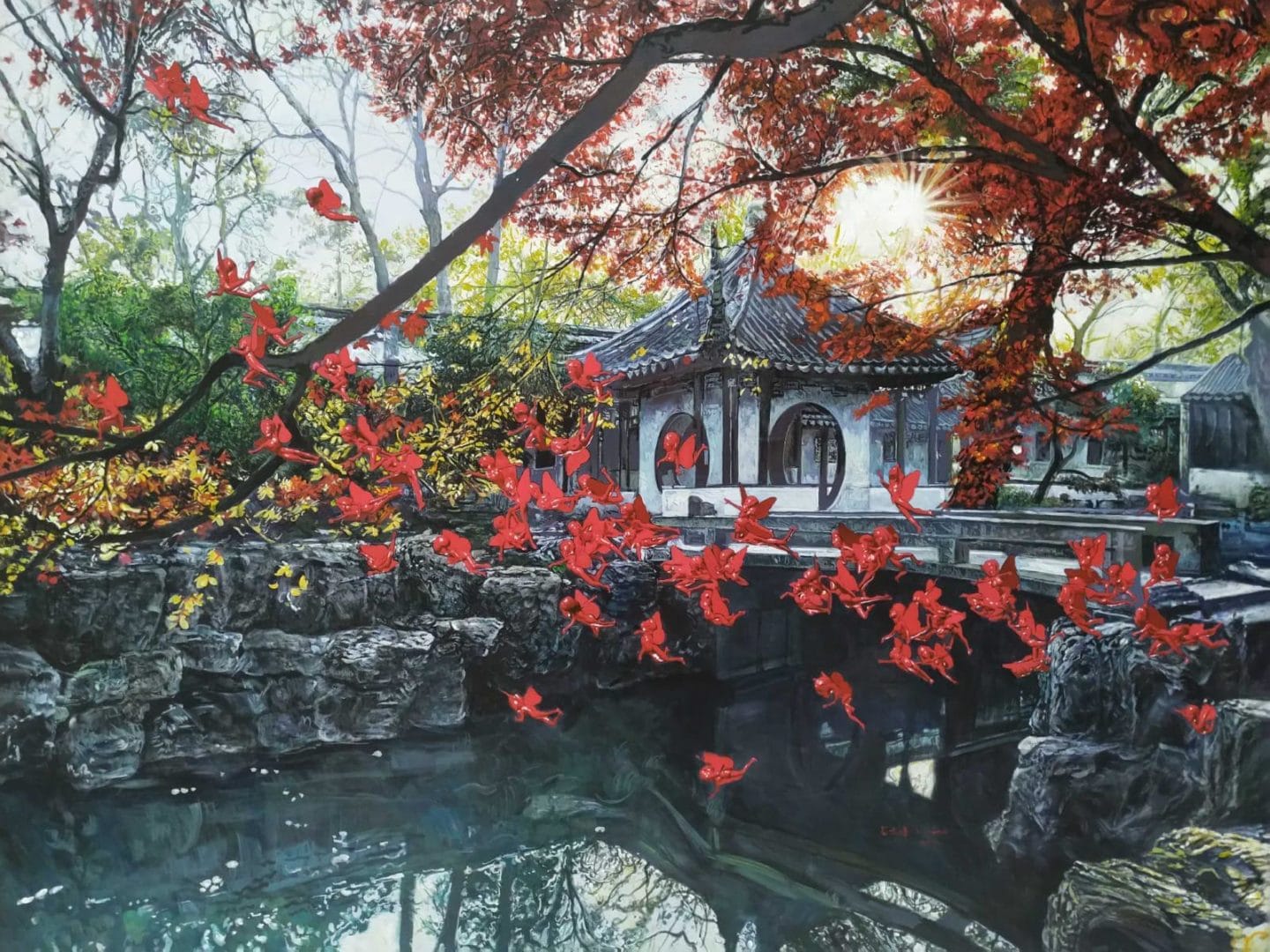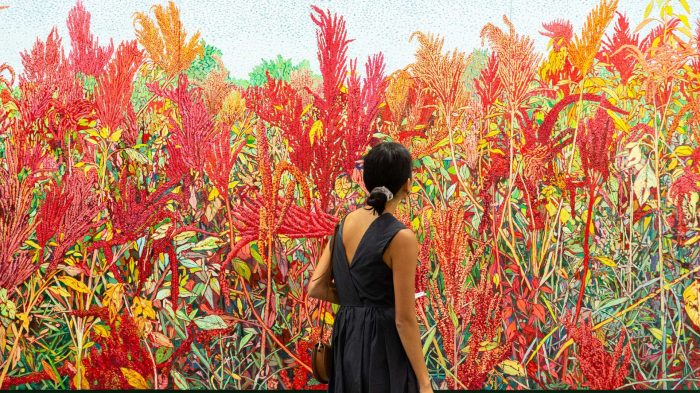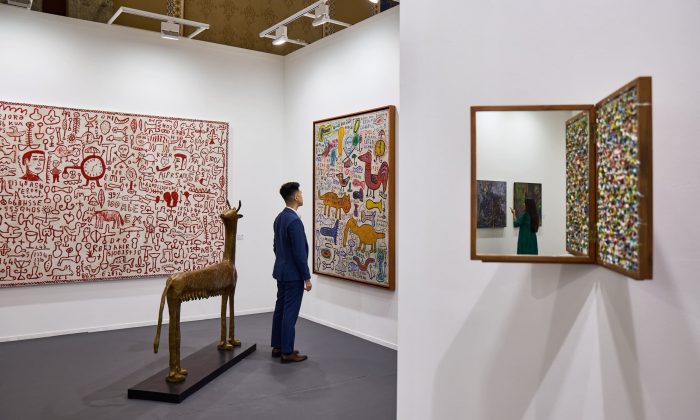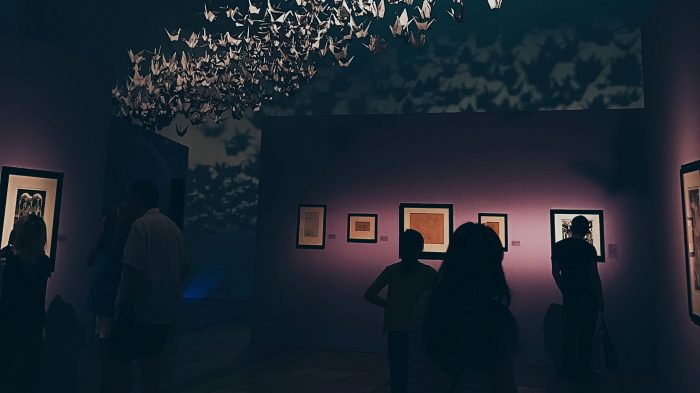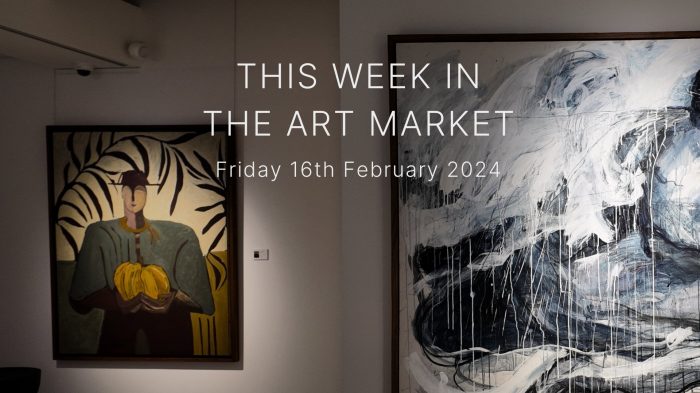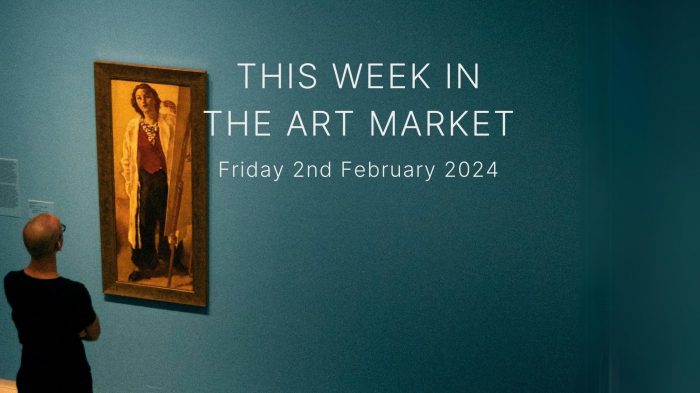As China becomes an increasingly more visible and vocal world leader in a range of areas from geopolitics, sport, economics through to design, it was only a matter of time until there was growing interest from the west in Chinese contemporary art.
“Before 2005, the market for Chinese contemporary art barely existed; there were few dealers and fewer sales,” says Baron Guy Ullens de Schooten, owner of one of the largest collections of Chinese contemporary art in the world.
However, as China increasingly embraces globalisation and trade, continually opening its doors to the world, “the flow of Chinese art into the west has drawn a great deal of interest in the form of media attention as well as gallery and museum exhibition. Private collectors in growing numbers as judged by the activity in the auction house in the west and the east have also found new interest in Chinese contemporary art”
Although China remains the world primary marketplace for traditional art and Chinese painting, Hong Kong is the veritable Asian capital for Auction house contemporary art sales. With so much interest around the art world for centuries when it comes to traditional Chinese art, it was only a matter of time until the collectors turned their eye on the contemporary works.
With the modernisation of China in the late 1970’s its artists were exposed to an international world of art and education opportunities, allowing them to work independently from ‘state commissioned’ works, and giving them the ability to create a wide array of contemporary works that appeal to art lovers globally.
With a rich culture, Chinese contemporary artists were unique in many ways compared to other Asian countries, artists in China grew up within the era of the ‘one child policy’, had a different view of their country. This saw stunning works being produced taking ‘the self as the subject rather than the collective’, further driving the intrigue and demand of the global art market.
With the social change that is sweeping across China, broader social and ethical viewpoints that may still be frowned upon in written art forms can be depicted through the form or contemporary art. Although many artists risk persecution with such works, art can provide a medium for expression, where others do not, creating intrigue and demand from markets around the world.
Several contemporary Chinese artists such as Cai Guo-Qiang and Ai Wei Wei attempt to blend the traditional Chinese art forms with alternative methods, and by doing so they are actively transcending boundaries, establishing dialogue between views of the world, not simply at home. This gives the world market greater exposure to contemporary Chinese art, further enhancing the demand and growing the market as a whole.
With China becoming so progressive in so many, contemporary Chinese art provides a look into the window of a world steeped in tradition but bathed in their quest to embrace all things modern.
To begin or continue your journey into contemporary Chinese art, contact Art Works expert team today. Art Works is Asia’s leading contemporary art investment gallery, providing informed advice to investors seeking to capitalise on the fast-appreciating art market.
Art Works help our clients make intelligent choices in purchasing art for investment. Since our inception, we have forged a name for ourselves as a well-respected authority on the South East Asian and Australian art markets. Get in touch today to find out more about art leasing and art investing in Singapore and across South East Asia.
